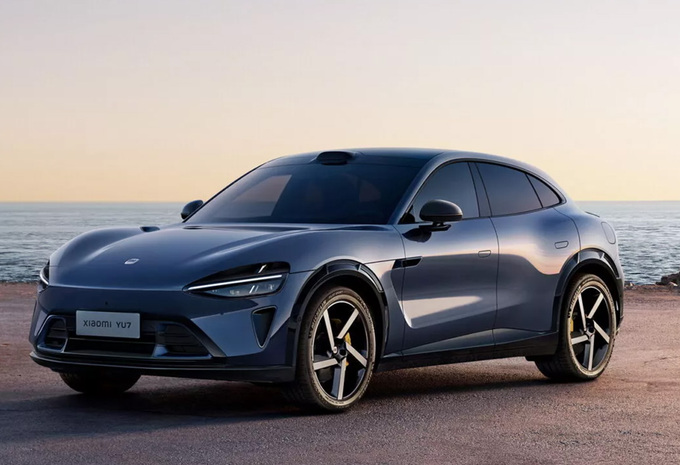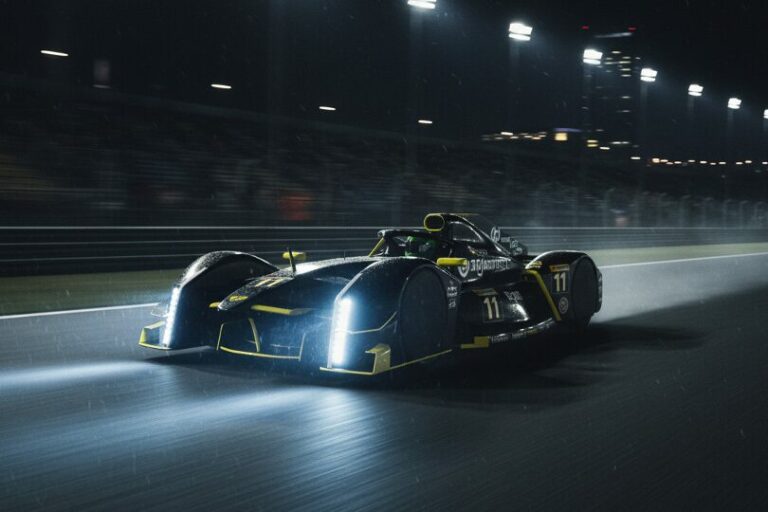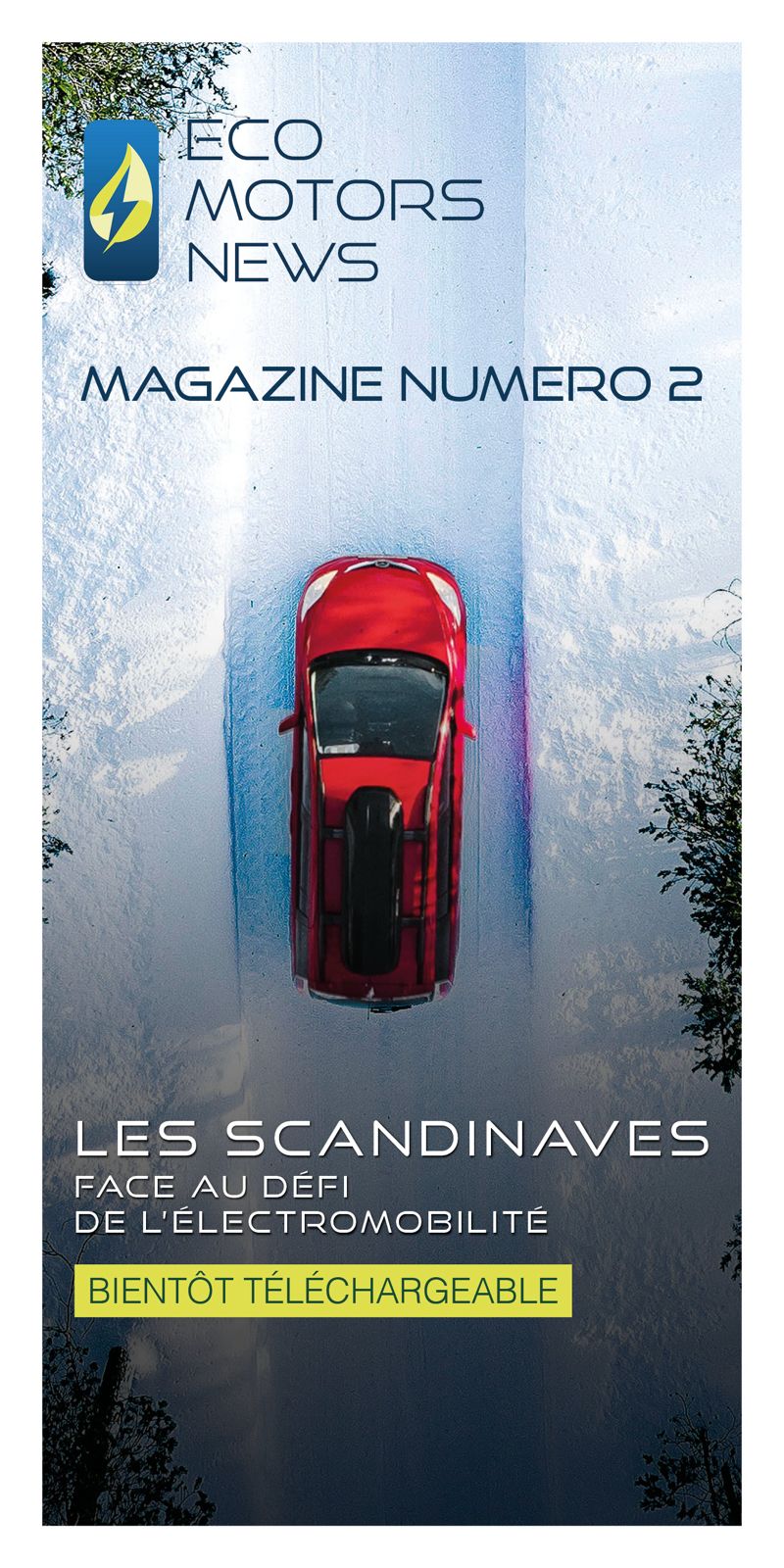The Lola-DGR project is shaking up the certainties of motorsport by announcing unprecedented performance. Designed by Lucas di Grassi, this 100% electric concept promises to be faster than an F1 car on certain circuits. However, despite its stated ambition, the car has not yet taken to the track and remains at the virtual prototype stage.
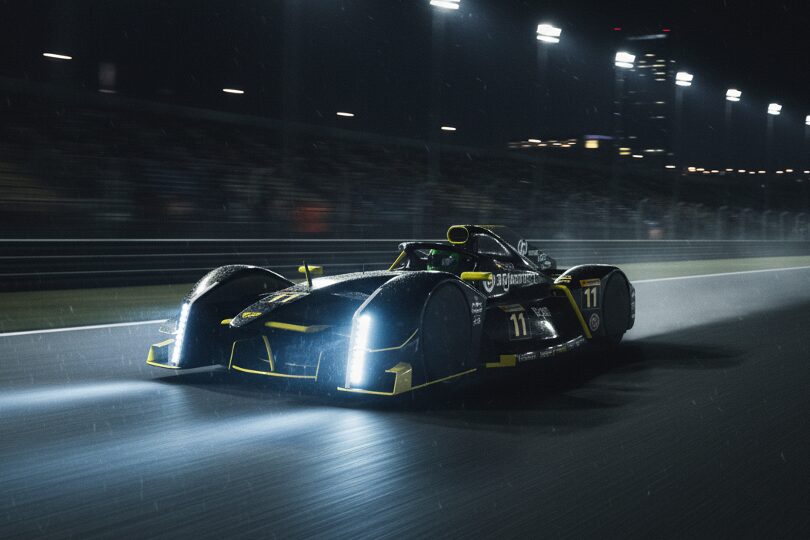
Designed outside any regulations, the prototype is intended to prove that absolute performance is not the exclusive preserve of internal combustion engines. The simulations unveiled by the team predict astonishing lap times, notably in Monaco, where it would outperform a Formula 1 car by several seconds per lap.
An idea born to go beyond current limits
According to Lucas di Grassi, the initial question was simple: how far can an electric single-seater go if it is freed from the usual rules? In collaboration with Lola, a long-standing motorsport specialist, he designed a machine that exploits technical solutions already available. The objective remains clear: to build the most efficient electric single-seater ever conceived, capable of beating an F1 car on a lap while consuming less energy.
This is not Di Grassi’s first challenge. As a driver who has long been involved in electric projects, he is well aware of the limits and advantages of the technology. The exit of the GEN4 from Formula E, with its higher performance and four-wheel drive, has not slowed him down. On the contrary, it seems to have accelerated his desire to prove that electric cars can go even further. So the Lola-DGR is a visionary response, designed to shake up the benchmarks set by F1.
The philosophy behind the concept is based on a powerful idea: efficiency can become a performance multiplier. The car is not designed as an inaccessible technological showcase, but as a realistic laboratory. It uses credible industrial solutions, including a 60 kWh battery integrated into the floor and centralised cooling to limit drag. It’s all part of a systemic approach that aims to reduce energy losses rather than compensate for them with a heavier battery.
Active aerodynamics designed as a total breakthrough
To outperform Formula 1, the Lola-DGR relies above all on radically new active aerodynamics. The prototype combines a suction effect under the car with a blown diffuser to maximise downforce at all speeds. This technological choice is reminiscent of the Brabham ‘hoover’ of 1978, but it goes much further by adding unprecedented flow control. The car could generate several tonnes of equivalent downforce thanks to two 30 kW turbines activated as required.
The major advantage of this solution lies in its ability to stabilise downforce. Unlike an F1 car, which relies heavily on speed to generate grip, the Lola-DGR maintains a constant load in slow bends. This behaviour paves the way for higher passing speeds in sections where F1 cars lose their advantage. What’s more, this flexible management reduces drag when the car reaches high speeds. The fans are then switched off to allow natural aerodynamics to act and optimise the tip.
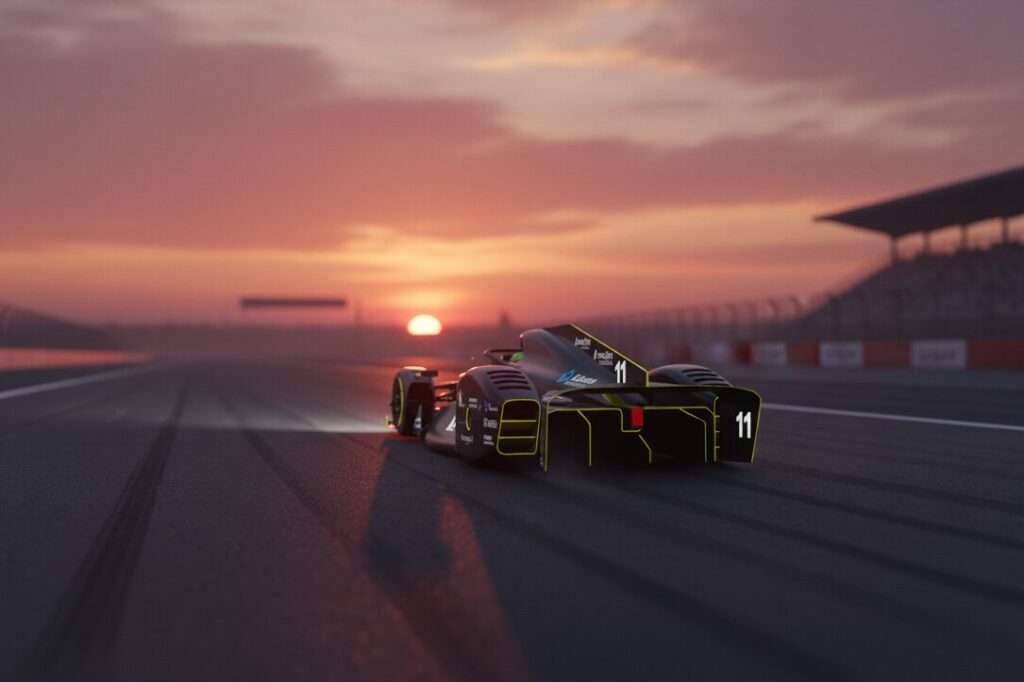
The streamlined wheels further enhance this quest for efficiency. They significantly reduce drag while improving safety on wet tracks by limiting water splashes. Finally, the absence of side radiators slims the silhouette of the vehicle, further reducing air resistance. The combination of all these elements points to a single ambition: to redefine the aerodynamic hierarchy in racing.
Simulations that promise to beat F1 at Monaco
The most spectacular data concerns the virtual performance achieved on the Monaco circuit. According to CFD analyses and partner simulations, the Lola-DGR would be up to 4.3 seconds faster than a current F1 car over a lap, and even up to 11 seconds faster in the most optimised versions of the concept. These figures seem staggering when you consider that F1 cars hold the performance records on most of the world’s circuits.
Di Grassi specifies that he based his calculations on a load of 15 kN, or around 1.5 tonnes, a figure that he nevertheless considers conservative. By removing certain battery modules to lighten the car, the concept could become even sharper. What’s more, the simulation shows that the Lola-DGR is not content with an exceptional lap. It could maintain a pace comparable to an F1 pole position for a dozen laps, or even keep up a race pace for fifteen to twenty laps. This ability to put in one performance after another demonstrates an overall efficiency that goes far beyond a simple one-off exploit.
This advantage also comes from easier handling. The constant downforce stabilises the car in the narrow or bumpy sections of urban circuits. The car feels more predictable and consistent in all phases of driving, which can reduce errors and make driving more aggressive without increasing risk.
Intelligent, forward-looking energy management
With a battery of just 60 kWh, the question of range becomes central. The decision not to increase capacity is explained by a strategy focused on efficiency. Reducing drag remains the primary saving, while active aero becomes an energy management tool. The system makes it possible to decide when to activate the fans, when to maximise regeneration and how to optimise lateral forces according to speed.
Integrating the battery into the floor lowers the centre of gravity and optimises weight distribution. The system could also evolve towards hydrogen assistance, which would play the role of range extender or auxiliary generator for the fans. This combination opens up credible prospects for endurance racing. It could make participation in the Le Mans 24 Hours with an entirely zero-emission architecture a realistic possibility.
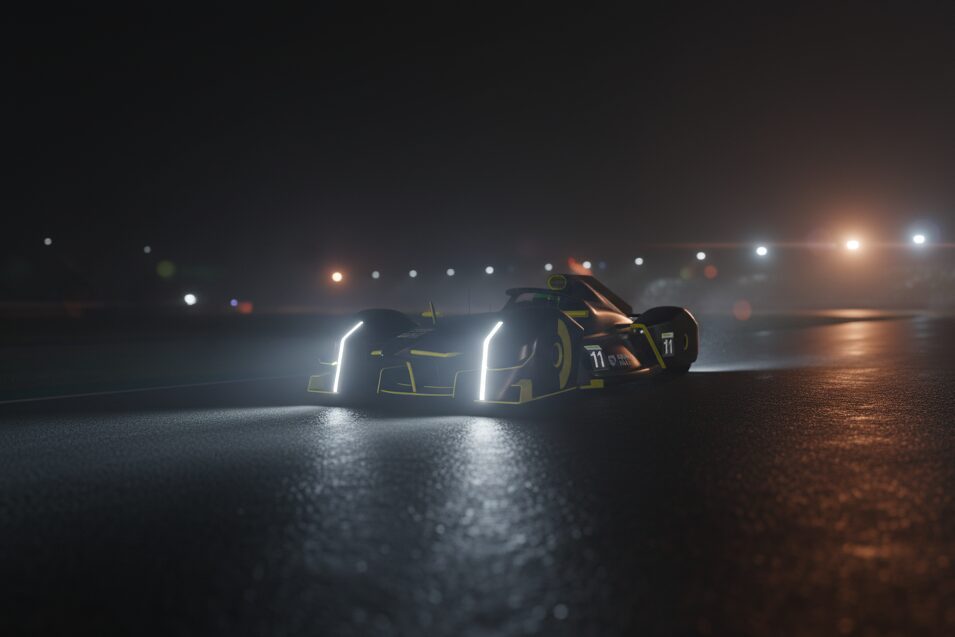
In the short term, the concept seems perfectly suited to both sprint and urban racing. The constant downforce at low speeds offers a considerable advantage during hard braking or short re-accelerations. On a wet track, the controlled aerodynamics and streamlined wheels should provide more stable handling than a traditional single-seater. What’s more, the modular design means the car can be adapted to different circuits, from the Nürburgring to Macau.
Clear ambitions but a colossal challenge ahead
Despite these impressive figures, one major obstacle remains: the car now needs to be built and tested. Lucas di Grassi says he wants to produce an operational demonstrator within two years. If real-world performance confirms the simulations, the Lola-DGR could usher in a new era in which electric power is no longer a compromise but a choice of absolute performance.
The concept aims to demonstrate that it is possible to do better than an F1 car by focusing on energy intelligence rather than raw power. It also proposes a new way forward for the industry, with technologies that can be transposed to production cars, including rational active aerodynamics and anti-drag bodywork. This vision goes beyond mere competition and extends to the mobility of tomorrow.
It remains to be seen whether the digital promises will hold up in the real world. And if it does, the Lola-DGR could well become the first electric single-seater to seriously threaten the hegemony of Formula 1. A potential revolution that would transform the way we think about automotive performance.



